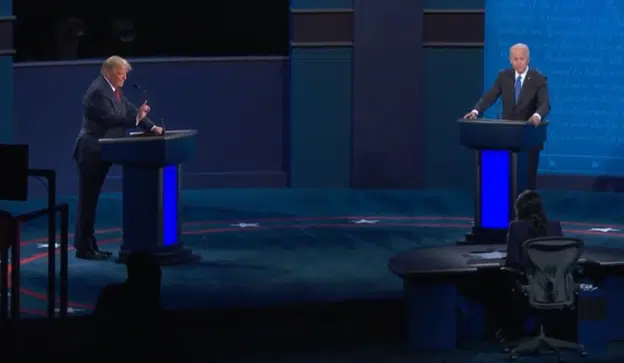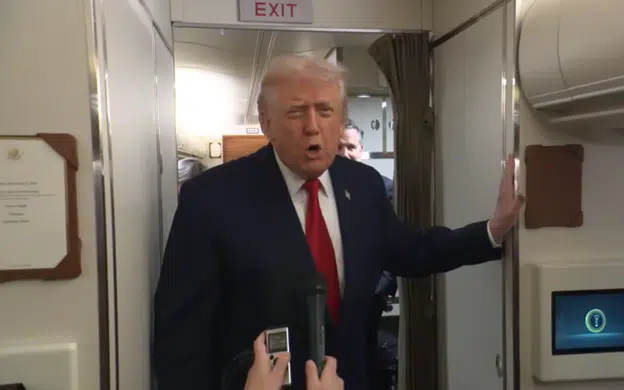Another net 930,000 Americans left continued unemployment claims the week of July 11, according to the latest unadjusted data from the U.S. Department of Labor as momentum continues to bring millions of Americans back into the labor force.
In the same week, initial unemployment claims came in at about 1.5 million, but with the overall drop in the number of people collection by almost 1 million, that means even more Americans are returning to work. The number translates into 2.4 million who got their jobs back.
There is still a lot of volatility, but the trajectory is clearly on its way down. Continued claims had jumped up the week of July 4 as many Americans came off of extended pandemic unemployment assistance, but then continued on their weeks long downward trajectory a week later.
The states with the biggest returns to the labor force were California, Florida and Pennsylvania, with 217,000, 223,000 and 141,000 leaving unemployment claims the week of July 11, respectively. Michigan and Georgia also contributed to the drop in unemployment, falling 99,000 and 97,000 respectively.
Since the week ending May 9, unadjusted continuing unemployment claims have dropped from 22.8 million to 16.4 million the week ending July 11, an overall drop of 6.4 million.
Overall, in May and June, from 7.8 million to 8.8 million Americans got their jobs back the past two months after labor markets bottomed in April, with millions more expected for the month of July, even as COVID-19 cases are seeing a temporary spike.
The Institute for Health Metrics and Evaluation (IHME) estimates about 117,000 new COVID-19 cases a day at the moment, still down 53 percent from it late March peak of 253,000 new cases a day. IHME puts daily deaths are at about 851 today, down 63 percent from its April 17 peak of 2,301.
Two weeks ago, though, IHME was only estimating about 80,000 new cases, and so the rate of reopening could see a pause the second half of July into August, when daily new cases are expected to stabilize and begin dropping through the end of September. A slowdown of reopening may similarly slowdown any economic recovery.
Another headwind could be Congress as it considers another extension of unemployment benefits. But President Donald Trump said on July 21 at a White House press briefing that this time, workers won’t be making more on unemployment assistance than they were making when they were working: “We want to have people go back and want to go back to work as opposed to be, sort of, forced into a position where they’re making more money than they expected to make. And the employers are having a hard time getting them back to work… The amount would be the same, but doing it in a little bit smaller initial amounts so that people are going to want to go back to work, as opposed to making so much money that they really don’t have to.”
The biggest adjustment in labor markets could be coming in September as many but not all schools begin some form of reopening, giving working families a major boost.
Still, the speed of recovery seems to be surprising almost everyone except for President Trump. On March 25, the President predicted, “I don’t think it’s going to end up being such a rough patch. I think it’s going to, when we open — especially, if we can open it — the sooner, the better — it’s going to open up like a rocket ship. I think it’s going to go very good and very quickly.”
Now, the numbers are proving he was right.
But to be sustained will require states finding a way to safely reopen, especially if everyone’s hopes for a vaccine don’t pan out the way we want. The truth is there’s never been an effective vaccine for a coronavirus developed. If we get one this time, it’ll be the first time.
Meaning, the President, Congress and state governors need to be preparing the American people for a reopening scenario where there might not be an effective vaccine in place. The truth is we cannot stay locked up forever, no matter who wins the election in November.
We still need to make certain that as we find a way to mitigate the risk of the virus, the cure is not worse than the disease itself.
Robert Romano is the Vice President of Public Policy at Americans for Limited Government.







